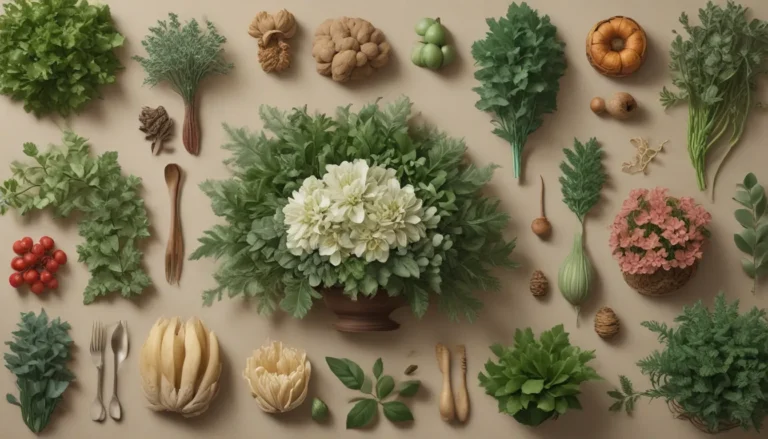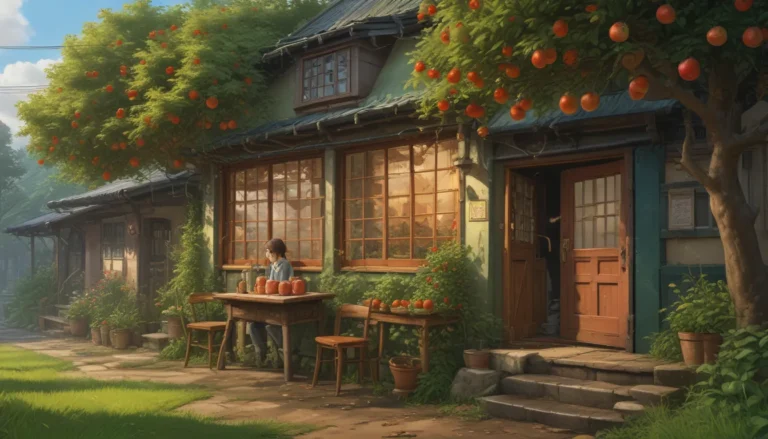Mastering the Chelsea Chop: A Complete Guide

Welcome, green thumbs and gardening enthusiasts! Today, we’re diving into the world of the Chelsea Chop, a pruning technique that can revolutionize how your plants blossom and grow. Forget about trendy haircuts – this method is all about helping your garden thrive.
Whether you’re a seasoned horticulturist or a novice gardener, understanding when and how to do the Chelsea Chop can make a significant difference in your garden’s appearance and health. By following this comprehensive guide, you’ll be equipped with the knowledge and skills to elevate your gardening game. Let’s get started!
What You’ll Learn
Today’s lesson includes:
- A detailed explanation of the Chelsea Chop
- Insight into when to prune effectively
- Step-by-step instructions on making the perfect cut
- A list of plants suitable for the Chelsea Chop technique
Let’s embark on this botanical journey together!
Decoding the Chelsea Chop
The Chelsea Chop, popularized at the Chelsea Flower Show in London, is a time-honored method of pruning herbaceous perennials to promote abundant blossoms and vigorous growth. This technique empowers each trimmed stem to develop side shoots, resulting in a profusion of flowers.
To perform the Chelsea Chop, all you need are sharp, clean secateurs or scissors and a sprinkle of courage. While the idea of snipping away at your plants may seem daunting, rest assured that this process is simple and rewarding.
Mastering the Timing
The key to executing the Chelsea Chop flawlessly lies in perfecting the timing. To achieve optimal results, follow these guidelines:
- Wait until late May for colder climates, inspired by the Chelsea Flower Show
- For North American gardeners, consider mid-June for a similar effect
- Warmer regions should aim for late April to kickstart the pruning process
The ideal moment to prune is when your plants have reached a substantial height but haven’t started budding yet. Don’t fret if you’re a tad early or late – the Chelsea Chop is forgiving and versatile.
Crafting the Perfect Cut
Unlike precise cuts required for fruit trees and roses, the Chelsea Chop embraces a more laissez-faire approach. To begin, gather a cluster of stems and snip them down by one-half to one-third. Uneven cuts can add a wild, natural aesthetic to your garden, enhancing its charm.
By trimming the entire plant, you can delay flowering by at least a month, prolonging the blooming season. Alternatively, consider the “halfway” method, where you prune about half of the stems randomly. This technique ensures a staggered bloom, offering an extended flowering period and additional structural support for your plants.
The Plants You Can Chop
The Chelsea Chop is best suited for herbaceous perennials that grow in clumps, such as:
- Agastache
- Aster
- Cranesbill Geranium
- Penstemon
- Shasta Daisy
- Yarrow
- And more
Avoid using this technique on annuals or woody perennials, as they may not respond favorably to the pruning process.
Embrace the Chop
In conclusion, while the Chelsea Chop may seem simplistic, its impact on your garden’s vibrancy and beauty is profound. Are you ready to embark on your Chelsea Chop journey this spring? Which plants will you be transforming with this technique? Share your experience in the comments below!
If you’re seeking additional plant care tips, consider exploring our other resources on:
- Deadheading blooming plants
- Ornamental grass maintenance
- Fall and spring perennial cutbacks
With the Chelsea Chop in your gardening repertoire, you’re well on your way to nurturing a flourishing and visually stunning garden. Happy pruning!





